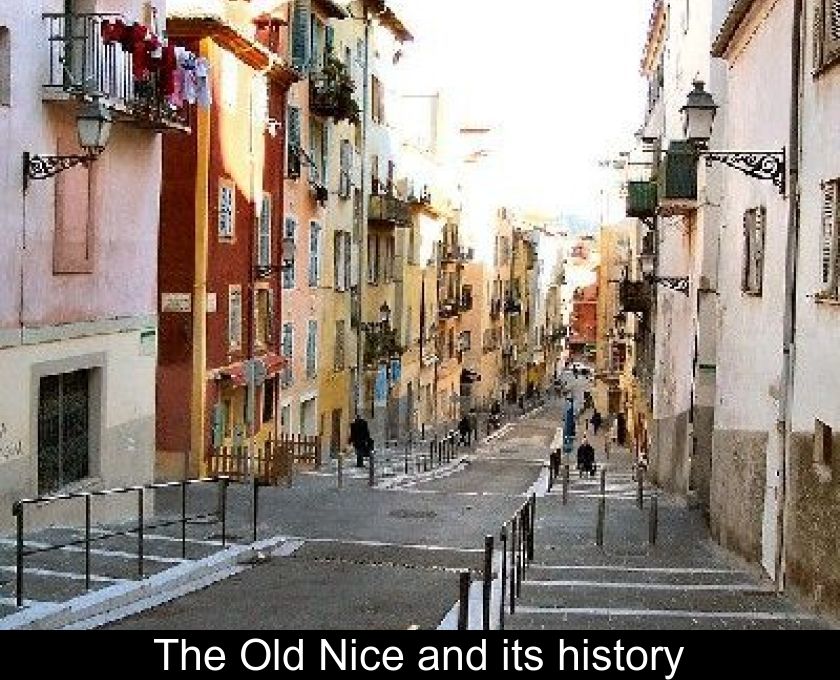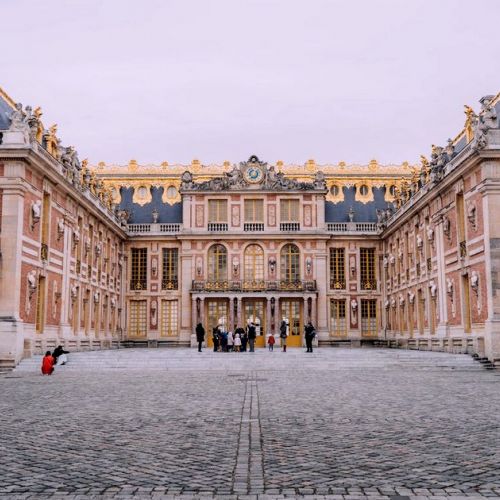The Old Nice And Its History
The Vieux Nice, which its inhabitants call the 'Old Town' (Vièia Vila), is the old part of the Côte d'Azur's capital, with its typical narrow streets and numerous traditional and trendy shops, restaurants, cafés and pubs. A walk in the Old Town will allow you to retrace the history of Nice and to discover the magnificent market of the Cours Saleya which is held there in the morning.
Presentation
The Vieux Nice, which is a typical neighborhood popular with tourists, is located between the Castle Hill to the east and Place Masséna to the west.
It is bordered by the Quai des Etats-Unis and the waterfront to the south and Place Garibaldi to the north.
This neighborhood is served by two stops on line 1 of the Tramway: Opéra - Vieille Ville and Cathédrale - Vieille Ville.
Origins of Old Nice
Old Nice is the witness of a thousand years of history.
The most distant origins of the city of Nice date back to a Greek trading post called Nikaïa. This name, meaning 'the victorious one' evolved into Nicea, then Nice. Nevertheless, the Old City has no historical evidence prior to the year 975.
From the 10th century, Nice was a small medieval town that belonged to the County of Provence. In the 12th century, the population, which had settled on the hill defended by fortifications built by the Count of Provence Alphonse d'Aragon, overflowed outside these walls and settled on the western slopes, towards the Paillon.
This urban expansion continued until the beginning of the 16th century.
The lower city is then called 'new city'. It already has the narrow streets, the high and tight houses characteristic of Old Nice. Many streets still bear their medieval names.
In 1388, Nice came under the authority of the Count of Savoy Amédée VII.
Developments in Old Nice
In the 16th century, Duke Emmanuel Philibert decided to reinforce the citadel and the upper town was definitively abandoned by the civilian population.
In 1576, the episcopal seat was transferred to the parish church of Sainte-Réparate.
The lower city was completely redesigned under the direction of the military engineer Paciotto.
During the 17th century, the city was prosperous thanks to its free port. It was equipped with new religious buildings such as the Jesuit church, the church of the Annunciation or the new cathedral which was named Sainte-Marie-Sainte-Réparate.
The families of notables and nobles also built beautiful houses in Old Nice, such as the Palais Lascaris, located in the Rue Droite, the city's main street at the time.
The Ducal Palace was built at this time as the Nice residence of the sovereigns of Savoy.
In 1706, the city's defensive system was destroyed by decision of Louis XIV. The development of the port was carried out from 1770 to 1783 and the terraces of the Cours Saleya and the Place Vittoria (now Place Garibaldi) were built.
Nice continued to expand westward: this was the birth of the modern city, on the right bank of the Paillon.








